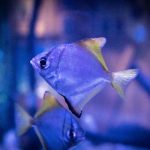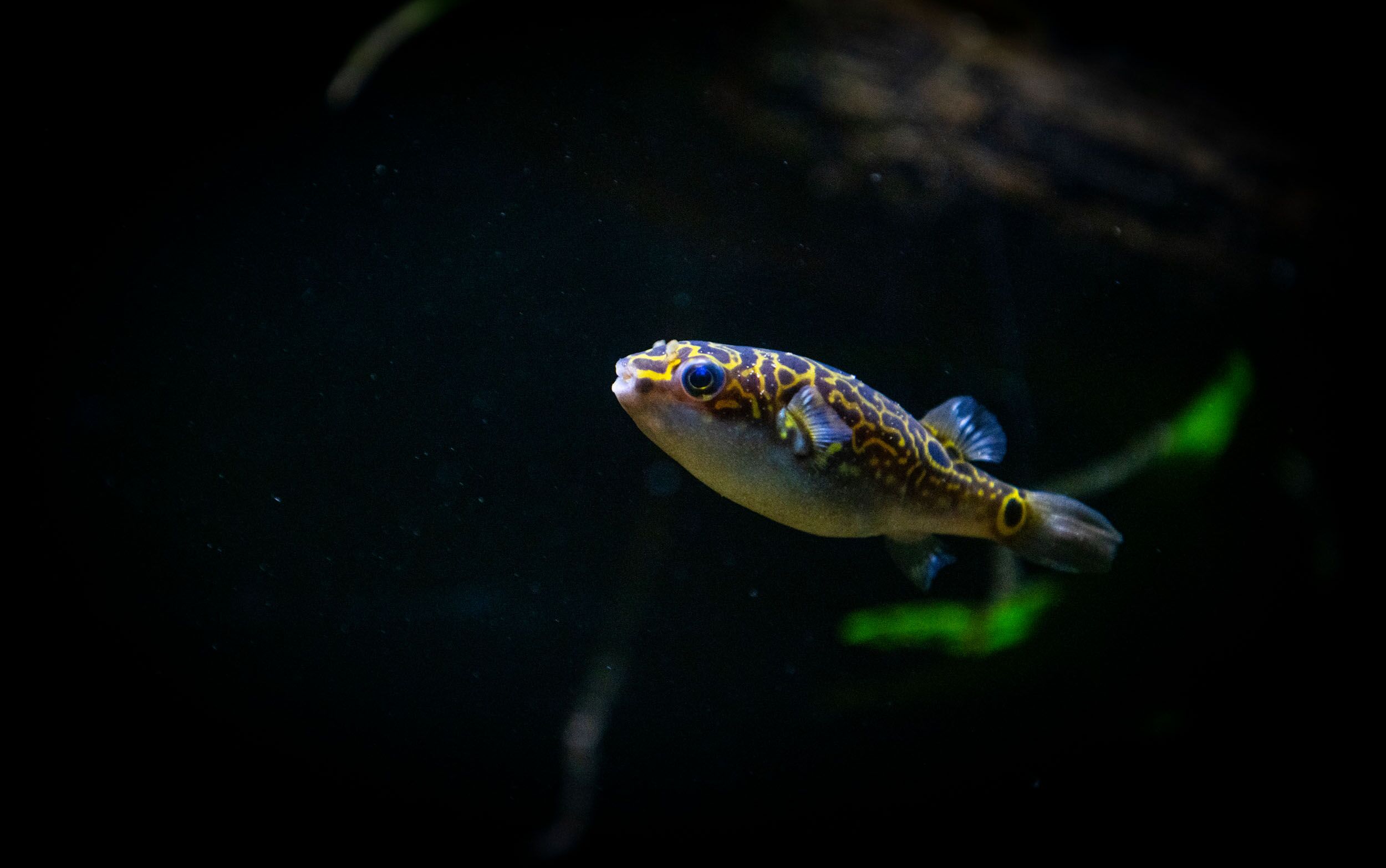
These tanks show off some small but complex fish who have adapted to survive in a variety of water types.
Brackish water condition commonly occurs when fresh water meets seawater. In fact, the most extensive brackish water habitats worldwide are estuaries, where a river meets the sea. Brackish waters will often change in salinity depending on which supply of water is most prominent which means for any species of fish to survive in these conditions they must to survive changing levels of salinity.
Bodies of brackish water can be found all over the world from the cold river waters in Canada to the lakes of Nigeria. In Scotland the biggest brackish environment can be found in Loch Stennes in Orkney but the largest brackish environment is the Black Sea. The Black Sea’s deep waters do not mix with the upper layers of water that receive oxygen from the atmosphere. As a result, over 90% of the deeper Black Sea volume is anoxic water. This has allowed ancient shipwrecks to remain preserved on the seabed.
Current Water Temp
25°C / 77°FWater Type
Brackish
Climate / Biome
Temperate Rainforest
In This Exhibit
4 species/ 3 tanks
Where are we?
Scotland, Canada, USA, India plus many more
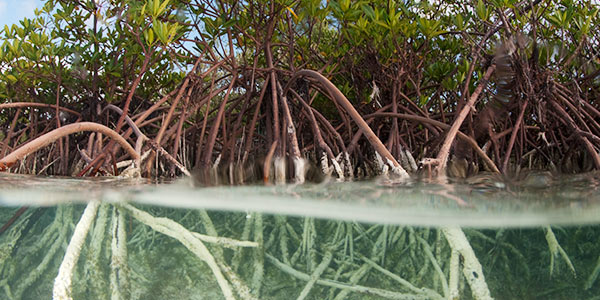
Unlike many of our tanks the water in the brackish exhibit has been lowered so the top section is above the water. This is how we display the behaviour of our Archerfish. Bugs are put on the branch suspended above the water and the Archerfish will spit water with pin point accuracy to knock them into the water.
Red Mangroves
Red mangroves are found in subtropical and tropical areas in both hemispheres. They thrive on coastlines in brackish water and in swampy salt marshes. Because they are well adapted to salt water, they thrive where many other plants fail and create their own ecosystems, the mangals. Red mangroves are easily distinguishable through their unique prop roots system and viviparous seeds. The prop roots of a red mangrove suspend it over the water, thereby giving it extra support and protection. They also help the tree to combat hypoxia by allowing it a direct intake of oxygen through its root structure.
In This Exhibit
-
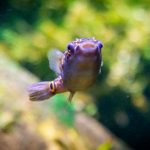
Figure 8 Pufferfish
This pufferfish brings a lot of life to our brackish tanks as it speeds around the tank with it’s tiny fins and complex colourful pattern.
-
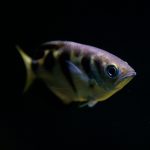
Archerfish
In this tank the water level has been lowered to allow our visitors to see our Archerfish hunting tech unique in action as they shoot water with pin point accuracy at insects.

